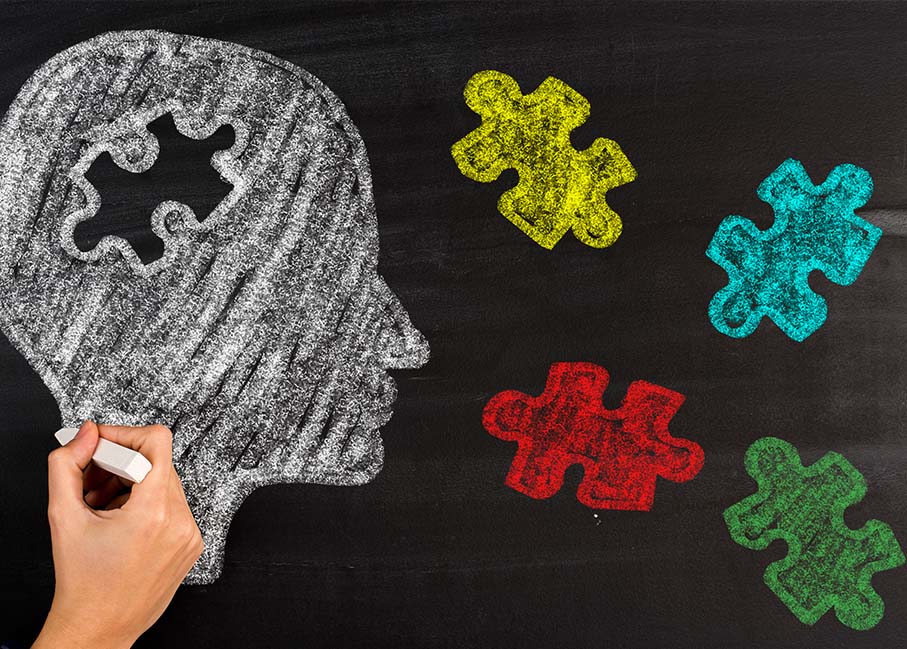
Cognitive-Behavioral Therapy (CBT)
A well-established, highly effective, and lasting treatment is called cognitive-behavioral therapy, or CBT. It focuses on identifying, understanding, and changing thinking and behavior patterns. Benefits are usually seen in 12 to 16 weeks, depending on the individual.
In this type of therapy the patient is actively involved in his or her own recovery, has a sense of control, and learns skills that are useful throughout life. CBT typically involves reading about the problem, keeping records between appointments, and completing homework assignments in which the treatment procedures are practiced. Patients learn skills during therapy sessions, but they must practice repeatedly to see improvement.












